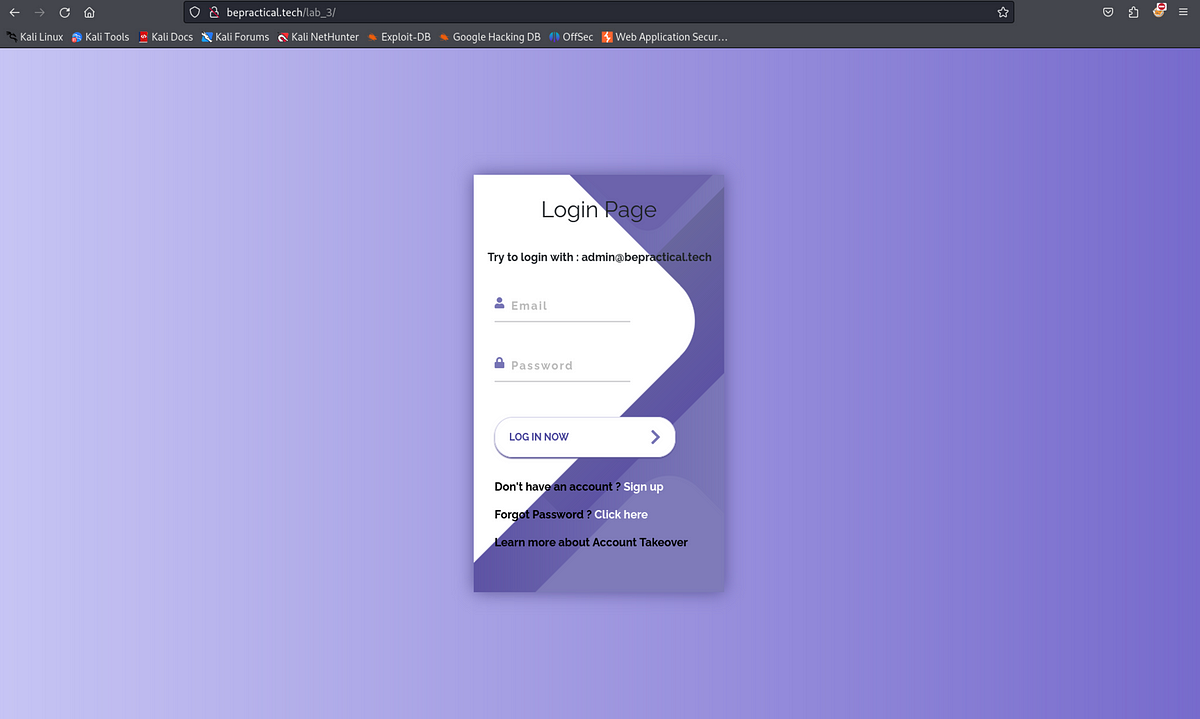BOOK THIS SPACE FOR AD
ARTICLE ADFor a Hacker the most preliminary stage of any attack is recon.And as a web pentester one should be familiar with this step and spend most of there time on this step. One of most crucial part of recon in web pentesting is spidering a site.Spidering is a process of systematically crawling through its web pages,revealing potential vulnerabilities such as hidden directories,exposed information or improper configurations.The goal is to uncover issues that could be exploited by malicious actors, allowing for timely remediation by the site’s administrators. Successful identification of vulnerabilities may lead to rewards or recognition within the bug bounty program.There are generally 2 types of spidering being:
User-Directed Spider:
This is a more sophisticated and controlled technique that is usually preferable to automated spidering. Here, the user walks through the application in the normal way using a standard browser, attempting to navigate through all the application’s functionality. As he does so, the resulting traffic is passed through a tool combining an intercepting proxy and spider, which monitors all requests and responses. The tool builds a map of the application, incorporating all the URLs visited by the browser. It also parses all the application’s responses in the same way as a normal application-aware spider and updates the site map with the content and functionality it discovers.
Advantages:
- Users can direct the spider’s attention to specific topics or websites of interest.
- Information extraction can be fine-tuned to meet the user’s preferences.
- Users have the flexibility to prioritize certain websites or content over others.
Disadvantages:
- The scalability of the spidering depends on user .
- Requires continuous user participation.
- Might not be as efficient for exploring a wide range of content.
Automated Spider:
Automated spidering is a systematic and efficient technique used for exploring and mapping web applications. In this method, specialized tools automatically crawl through a website, following links and collecting information about its structure and content. Unlike user-directed spidering, this approach operates autonomously, relying on algorithms and predefined rules to navigate the web and is more faster approach . The spidering tool builds a map of the application by recording all the URLs it encounters during the crawl. This process helps identify potential vulnerabilities, such as hidden directories or misconfigurations, providing a comprehensive overview of the application’s attack surface. Automated spidering is particularly valuable in large-scale security assessments, ensuring a thorough examination of a website’s structure and potential security risks.
Advantages:
- Automated spiders ensure the index is consistently refreshed without the need for user intervention.
- Ideal for efficiently exploring a vast array of content across the web.
- Operates autonomously, minimizing the need for constant user guidance.
Disadvantages:
- Without user guidance, there’s a risk of indexing irrelevant or low-quality content.
- May lack specificity in certain scenarios where user preferences are crucial.
- Automated spiders might struggle to adapt to individual user preferences.
Conclusion:
As we navigate the ever-evolving landscape of the internet, the choice between user-directed and automated spidering depends on the nature of the quest for information. User-directed spidering provides a tailored and focused approach, albeit with some limitations. On the other hand, automated spidering offers efficiency and scale but may lack the personal touch of user-defined exploration. Ultimately, the future of web crawling may lie in striking a delicate balance between these two approaches, creating a seamless and personalized online experience for users worldwide.
.png)
 3 months ago
39
3 months ago
39 














 Bengali (Bangladesh) ·
Bengali (Bangladesh) ·  English (United States) ·
English (United States) ·